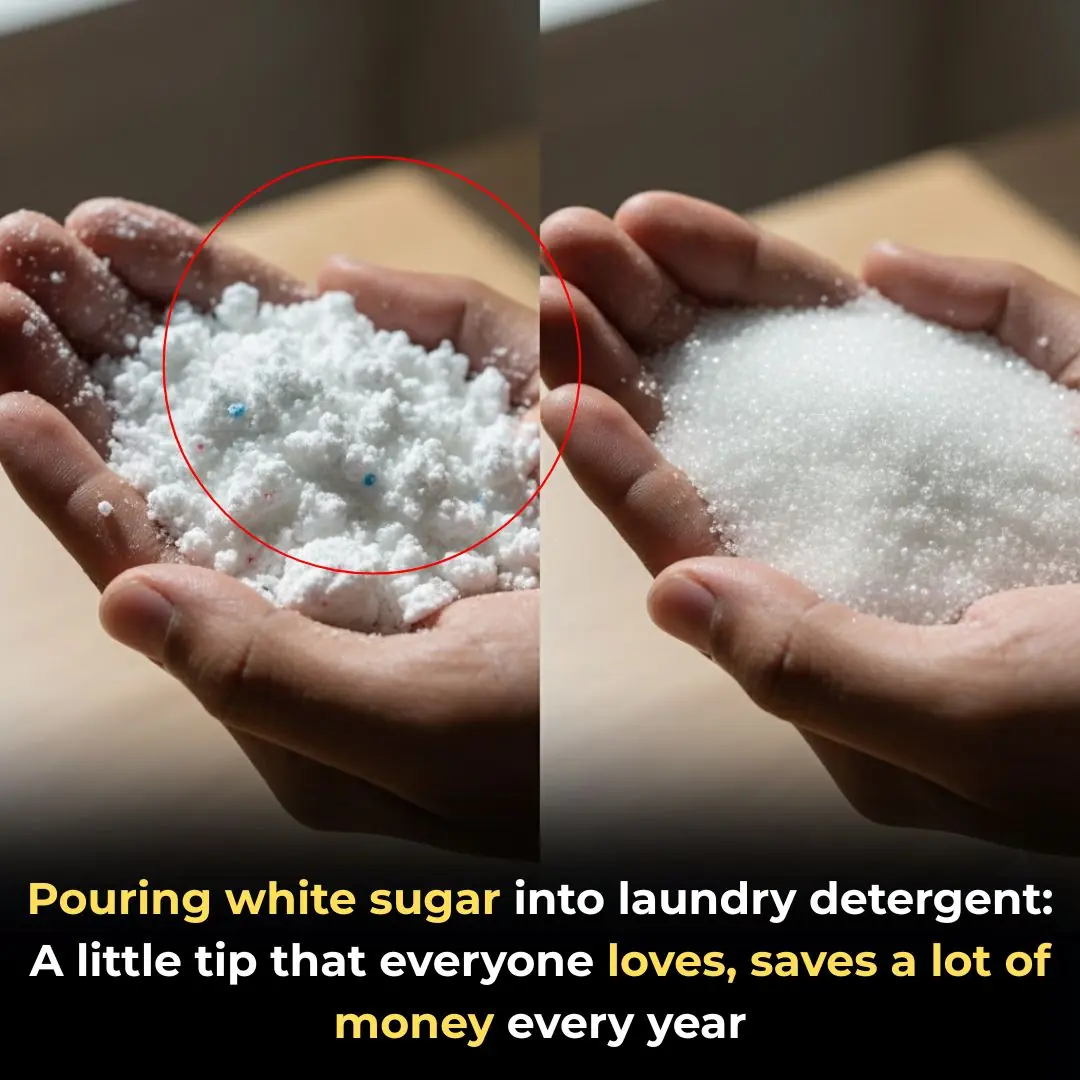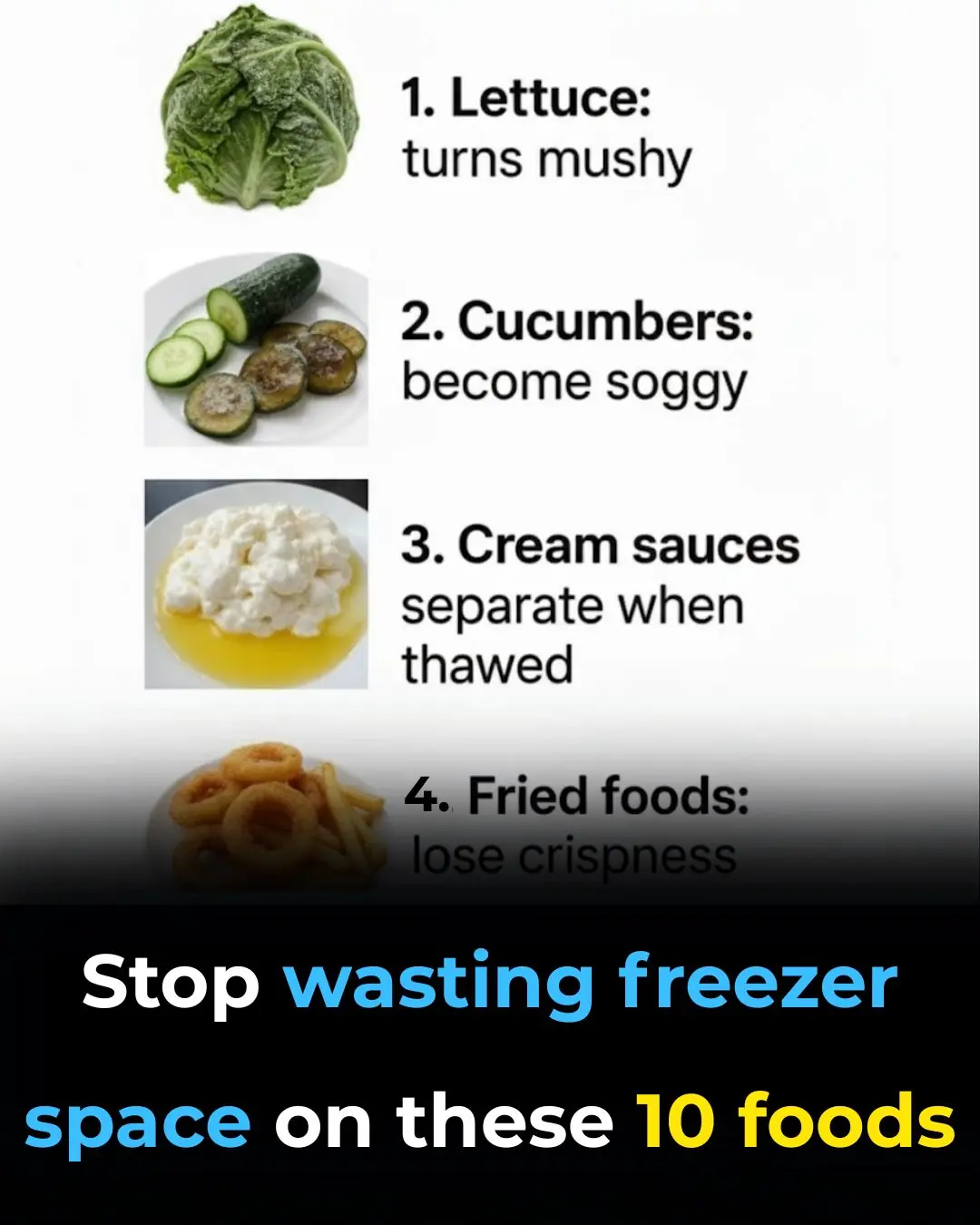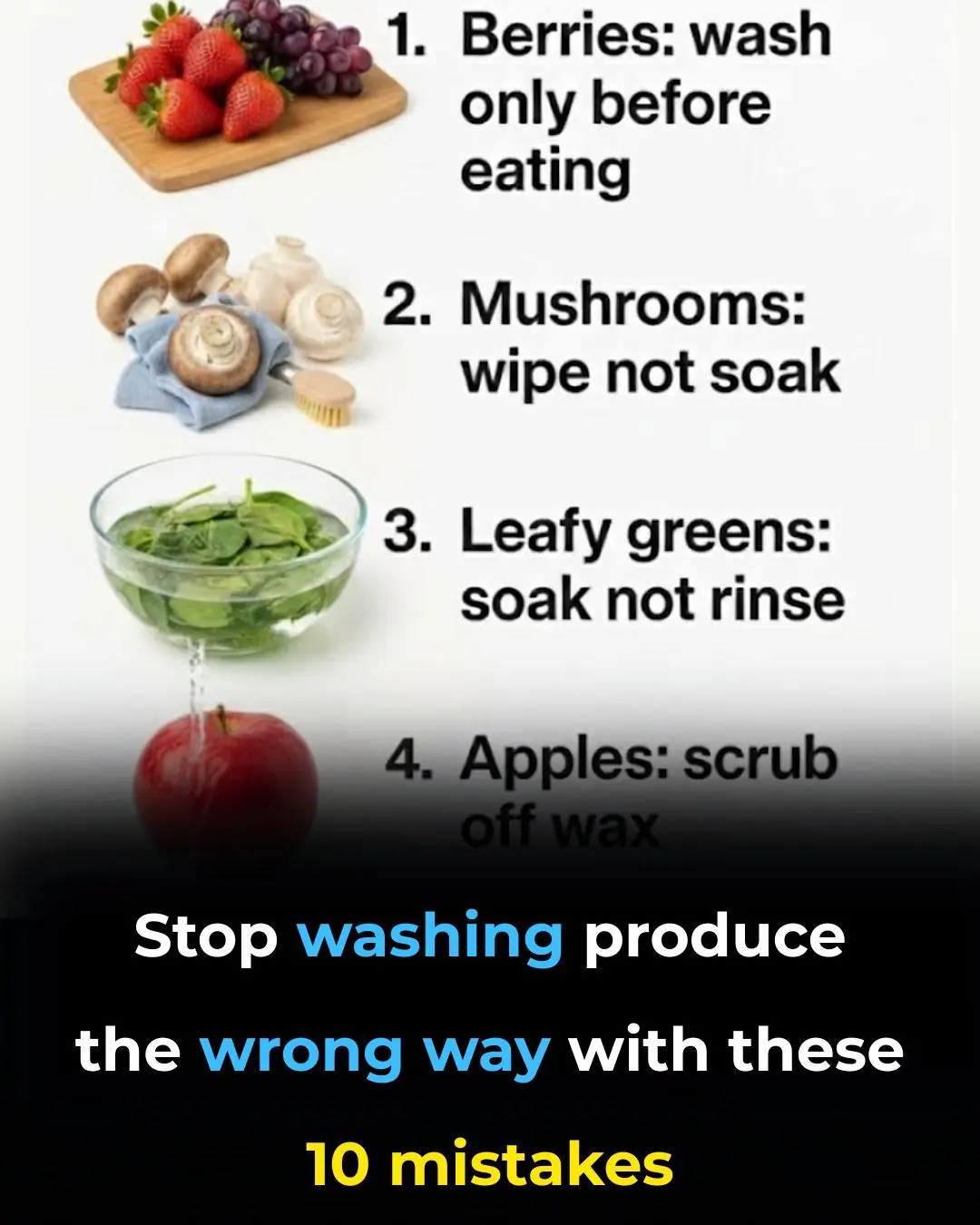
Stop wasting money on these 10 pantry staples
In today’s fast-paced world, convenience often trumps cost, leading many of us to grab pre-packaged, ready-to-use pantry staples without thinking twice. While these products save time, they often come with a hidden price—literally. The extra cost can quietly add up, draining your wallet over weeks and months without you even realizing it. By examining our grocery habits more carefully, we can identify areas where we’re overspending and make smart switches that save money without compromising on quality, nutrition, or taste.
In this guide, we’ll explore eleven common pantry staples that tend to be overpriced and provide simple, cost-effective alternatives. From pre-cut fruit to single-serve coffee pods, these examples show how a little effort and planning can stretch your grocery budget significantly. Plus, making small changes at home can improve freshness, nutrition, and flavor—so everyone wins.
1. Overpriced Pre-Cut Fruit: Convenience at a Cost
Pre-cut fruit is a perfect illustration of paying a premium for convenience. While it might save a few minutes, pre-cut fruit is often double—or even triple—the price per pound compared to whole fruit. For example, a whole pineapple might cost around $3, while a small container of pre-cut pineapple can run upwards of $6 for less fruit. On top of that, pre-cut fruit spoils faster, increasing the likelihood of waste.
Solution: Buy whole fruits and cut them yourself. With a sharp knife or handy gadgets like an apple slicer or pineapple corer, this task becomes quick and easy. You’ll not only save money but also enjoy fresher, longer-lasting fruit. As an added bonus, teaching kids to prep fruit can turn it into a fun family activity and encourage healthier snacking habits.
2. Instant Oatmeal Packs: Paying for Sugar
Instant oatmeal packs are convenient and often marketed as healthy, but many are loaded with added sugars and artificial flavors. A box of ten servings can cost around $4, with each pack containing up to 12 grams of sugar—almost three teaspoons. Over time, this adds up both in calories and dollars.
Solution: Buy rolled oats in bulk for as little as $2 per pound. You can prep your own oatmeal in minutes, customizing flavors with fresh fruit, nuts, cinnamon, or a drizzle of honey. Bulk oats are also more versatile—you can make overnight oats, granola bars, or savory oat dishes, further stretching your investment.
3. Bottled Salad Dressing: Simple DIY Alternatives
Bottled dressings are convenient but often pricey and filled with preservatives, sugar, and artificial flavors. A single bottle can cost $3–$5.
Solution: Homemade dressings take just minutes to prepare. Mix three parts olive oil to one part vinegar, then add mustard, honey, garlic, or herbs. Not only do you save money, but you also control every ingredient. Pro tip: make a large batch and store it in the fridge—it lasts for weeks and elevates every salad.
4. Packaged Spice Blends: Mix Your Own
Pre-made spice blends like taco seasoning or Italian herbs are convenient but usually contain anti-caking agents and unnecessary additives. A small packet costs around $1, but you can make the same mix for mere cents.
Solution: Buy basic spices in bulk and mix your own. For taco seasoning, combine chili powder, cumin, garlic powder, onion powder, and oregano. You can tweak flavors to your preference, reduce sodium, and avoid fillers—plus, you’ll always have fresh spices on hand.
5. Canned Soup: Make Fresh for Less
Canned soups are quick solutions but often high in sodium and preservatives. A single can costs $1–$3, while homemade soup is cheaper, healthier, and more satisfying.
Solution: Cook large batches using fresh vegetables, broth, and protein of your choice. Freeze in single portions for later. This approach saves money, reduces waste, and lets you control flavor and nutrition. Bonus: homemade soup often tastes far superior to canned alternatives.
6. Pre-Shredded Cheese: Save by Shredding Yourself
Pre-shredded cheese costs significantly more than blocks and contains additives to prevent clumping. For instance, an 8-ounce bag can cost $3, while the same amount from a block costs $2 or less.
Solution: Shred your own cheese at home. It’s cheaper, fresher, and melts better in recipes. You can also buy larger blocks and freeze shredded portions for convenience.
7. Single-Serve Coffee Pods: Brew Without Breaking the Bank
Coffee pods are convenient but costly—about $0.83 per cup. Ground coffee brewed at home can cost as little as $0.20 per cup.
Solution: Invest in a reusable coffee pod or a traditional coffee maker. You’ll save money, reduce waste, and have full control over coffee strength and flavor. Plus, experimenting with different beans at home can be a fun hobby for coffee lovers.
8. Boxed Pancake Mix: Whip Up Your Own Batter
Boxed mixes are easy, but they often contain preservatives and extra sugar. A box costs $3–$4.
Solution: Make your own batter with flour, baking powder, salt, milk, and eggs. You can adjust sugar levels and add flavors like cinnamon or vanilla. Homemade pancakes are fresher, tastier, and cost a fraction of boxed mixes.
9. Frozen Dinners: Cook in Bulk for Savings
Frozen dinners can cost $3–$5 each and often lack nutrients.
Solution: Prepare large batches of meals at home, portion, and freeze them. You get ready-made convenience without overspending and can choose wholesome ingredients without preservatives. This approach is particularly great for busy families or meal prep enthusiasts.
10. Bottled Water: Filter Your Own
Bottled water is convenient but expensive over time, around $1 per bottle.
Solution: Use a water filter and reusable bottles. This reduces plastic waste, saves money, and ensures a consistent supply of clean, fresh water. High-quality filters can last months, turning a small upfront cost into long-term savings.
11. Ready-Made Smoothies: Blend at Home for Better Value
Pre-made smoothies are pricey—$3–$7 each—and often loaded with added sugar.
Solution: Make smoothies at home with a blender. Use fresh or frozen fruit, yogurt, and a liquid base like milk or juice. Homemade smoothies are cheaper, healthier, and customizable, allowing you to experiment with flavors, protein powders, or superfood add-ins. You can even freeze portions of fruit ahead of time for quick smoothie prep.
Final Thoughts:
By paying attention to convenience foods in your pantry, you can save money, eat healthier, and enjoy fresher, tastier meals. Small efforts like shredding cheese, making dressings, or blending smoothies at home can add up to hundreds of dollars in savings each year. The best part? You gain control over ingredients, nutrition, and flavor, proving that smart shopping doesn’t have to mean sacrificing convenience entirely.
News in the same category


Banana flowers and their little-known uses

Eat these 5 fruits to avoid magnesium deficiency, keep your heart healthy and your bones strong.

How to cook black bean perilla water to detoxify the liver and nourish the kidneys

A miracle will happen with a handful of seeds under the bed, unfortunately it's just now

Pouring white sugar into laundry detergent: A little tip that everyone loves, saves a lot of money every year

Tips for dealing with moldy and peeling walls: Simple, inexpensive, any house can do it

Stop wasting freezer space on these 10 foods

Whoa, this completely flew under my radar

Stop washing produce the wrong way with these 10 mistakes

I didn't know

Stop cooking these 10 foods in aluminum foil

My nana taught me this hack to freshen carpets in 4 mins with 0 work. Here’s how it works

Tips for effective, safe and cost-saving pest control

Distinguish between clean bean sprouts and bean sprouts containing toxic chemicals with the following extremely simple tip.

How to make the Money Tree flower and have fresh shoots to attract fortune

How to make delicious beef stew at home extremely simple

Squeeze lemon into the rice cooker before cooking, a small tip that everyone will praise when they see the results.
News Post

4 Types of Shoulder Pain That May Signal Dangerous Cancer — Don’t Mistake Them for Simple Joint Problems

6 Body Parts That Turn Black May Signal Cancer — Don’t Ignore Them

Serrated Leaf Motherwort: A Precious Herb with Many Benefits

Banana flowers and their little-known uses

Eat these 5 fruits to avoid magnesium deficiency, keep your heart healthy and your bones strong.

The Amazing Power of Caesalpinia pulcherrima (Peacock Flower)

White Bumps or Spots on Lips: Causes and Effective Treatments

Corn Silk: 30 Health Benefits and How to Use It

Turmeric Dosage: How Much You Actually Need for Arthritis, Cancer, and Other Diseases

Better Than Medicine? The Shocking Truth About Dates & Blood Sugar!

7 Nuts You Should Eat for Better Health (and the #1 Nut You Should NEVER Touch)

An easy-to-dismiss symptom in your foot could be a sign of several more serious illnesses

How to cook black bean perilla water to detoxify the liver and nourish the kidneys

A miracle will happen with a handful of seeds under the bed, unfortunately it's just now

Pouring white sugar into laundry detergent: A little tip that everyone loves, saves a lot of money every year

Tips for dealing with moldy and peeling walls: Simple, inexpensive, any house can do it

Doctor reveals 5 powerful snacks that help your body fight cancer and disease

The Most Effective Foods to Cleanse your Lungs (Research Based)
